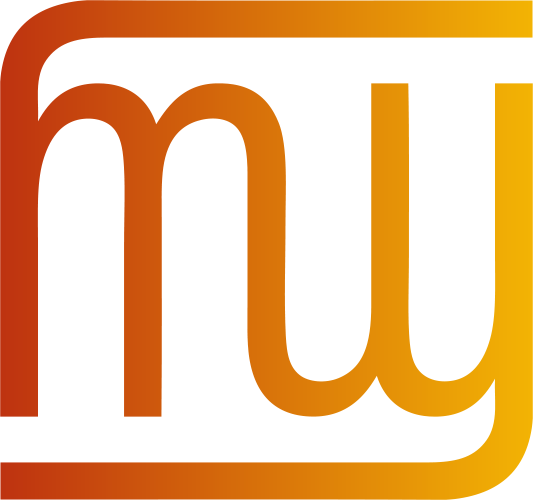 The W3C Internationalization (I18n) Activity works with W3C working groups and liaises with other organizations to ensure Web technologies work for everyone, regardless of their language, script, or culture.
The W3C Internationalization (I18n) Activity works with W3C working groups and liaises with other organizations to ensure Web technologies work for everyone, regardless of their language, script, or culture.
From this page you can find articles and other resources about Web internationalization, and information about the groups that make up the Activity.
Read also about opportunities to participate and fund work via the new Sponsorship Program.
What the W3C Internationalization Activity does
Selected quick links
Selected quick links
Selected quick links
New translation into Brazilian Portuguese
Normalização para HTML e CSS (Normalization in HTML and CSS)
This article was translated into Portuguese thanks to Maurício Samy Silva.
6 new articles about character encodings and HTML/CSS
Some articles are brand new and others were originally part of a tutorial, but have been updated and amplified to bring HTML5 to the fore and incorporate feedback from various readers. The articles are:
- Character encodings: Essential concepts
- Choosing & applying a character encoding
- Declaring character encodings in HTML
- The byte-order mark (BOM) in HTML
- Normalization in HTML and CSS
- Characters or markup?
Together these articles, with several other existing articles that were updated at the same time, provide practical advice to content authors on how to handle character encodings in HTML and CSS.
Updated article: Serving HTML & XHTML
Numerous changes were made to this article to address feedback, eliminate duplication in other articles, and reflect the passage of time. The focus of the article was changed to address not just XHTML 1.0 authors, but those working with HTML, XHTML and CSS in general, and sets out to provide simple introductions to MIME types and standards vs. quirks modes for authors that can be referenced from other articles. For more information about changes see below.
French, Polish, Brazilian Portuguese, Romanian, Swedish and Thai translators are requested to update their translations.
Description of changes:
- much of the text and article structure was rewritten
- the title was changed
- the latest template was applied, and various new style conventions that affect the markup
- changes were made to the Further Reading section
Translators should retranslate the whole article.
Updated tutorial: Handling character encodings in HTML and CSS
Content from this tutorial was distributed across several new and existing articles to reduce duplication and improve usability and maintainability. The completely rewritten tutorial provides a succinct summary of advice at the start, and then gathers together and organizes pointers to articles that, taken together, help you grasp the subject matter. The title was also changed.
Content derived from the previous version of the tutorial (ie. in the new articles) has been updated to include HTML5.
Updated article: Using character escapes in markup and CSS
Numerous changes were made to this article to address feedback and also incorporate material on CSS escapes from the character encoding tutorial. This and other changes are described below. View the article.
German, Spanish, and Brazilian and Iberian Portuguese translators should consider updating it.
Description of changes:
- various parts of the text were rewritten
- the title and the question were changed
- the latest template was applied, and various new style conventions that affect the markup
- two new sections were added relating to CSS
- substantial changes were made to the Further Reading section
Translators should retranslate the whole article.
Updated article: Declaring character encodings in CSS
This article was rewritten to better address all methods of declaring encoding, including HTTP-header and charset link declarations. This and other changes are described below. View the article.
German, Greek, Spanish, French, Hebrew, Polish, Brazilian Portuguese, Swedish, Thai and Vietnamese translators should consider updating it.
Description of changes:
- most of the text was rewritten
- the title and the question were changed
- the latest template was applied
- substantial changes were made to the Further Reading section
Translators should retranslate the whole article.
Updated article: Character encodings for beginners
A short section was added to this article to lead readers to additional information. This and other changes are described below. View the article.
German, Spanish, Hungarian, Polish, Brazilian Portuguese and Romanian translators should consider updating it.
Description of changes:
- a ‘By the way’ section was added, to point the reader to concepts described in the article Character encodings: Essential concepts. These explanations take the reader a step further in understanding character encodings.
- various small edits throughout to accommodate the latest template and style guidelines
- substantial changes to the Further Reading section
New translations into Romanian
Coduri de limba de doua sau trei litere (Two-letter or three-letter language codes)
Cine foloseste Unicode? (Who uses Unicode?)
These articles were translated into Romanian thanks to Sorin Velescu.
New translation into German
Wer verwendet Unicode? (Who uses Unicode?)
This article was translated into German thanks to Stefan Schumacher.
New translation into Swedish
Vem använder Unicode? (Who uses Unicode?)
This article was translated into Swedish thanks to Olle Olsson, W3C Sweden.